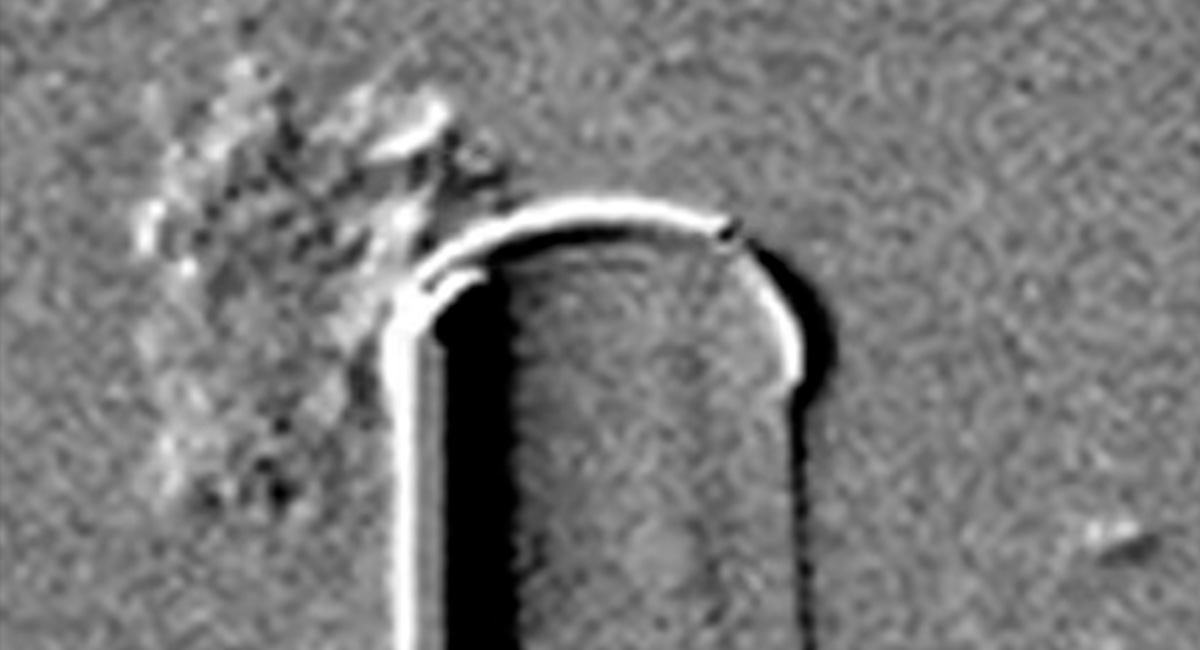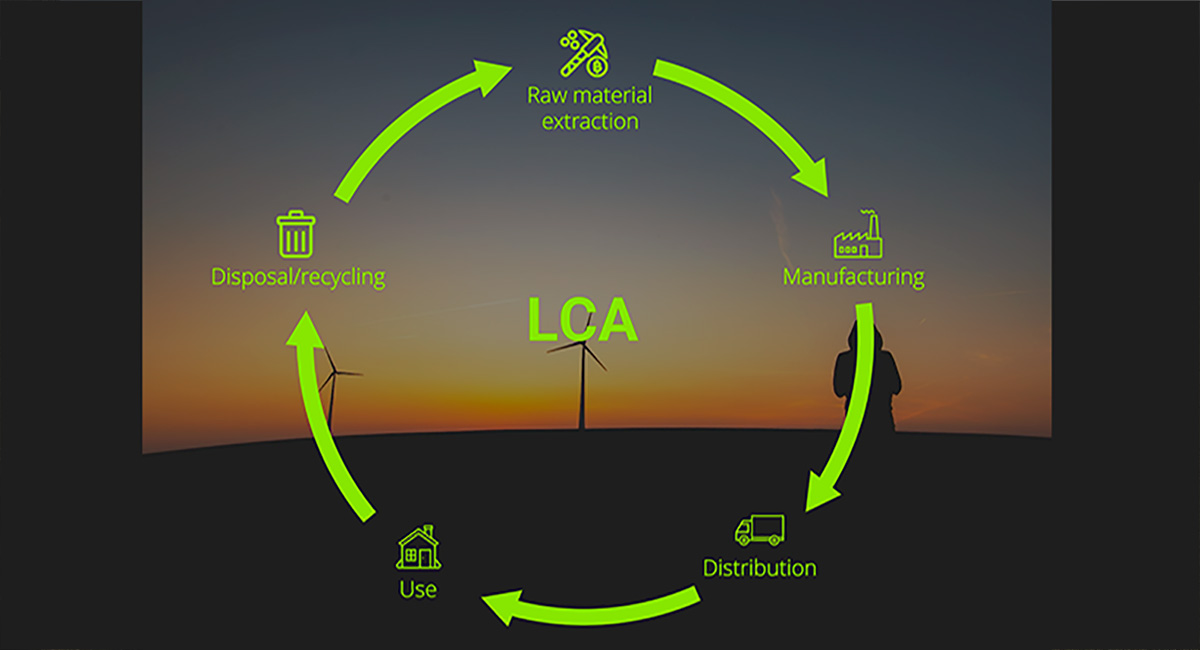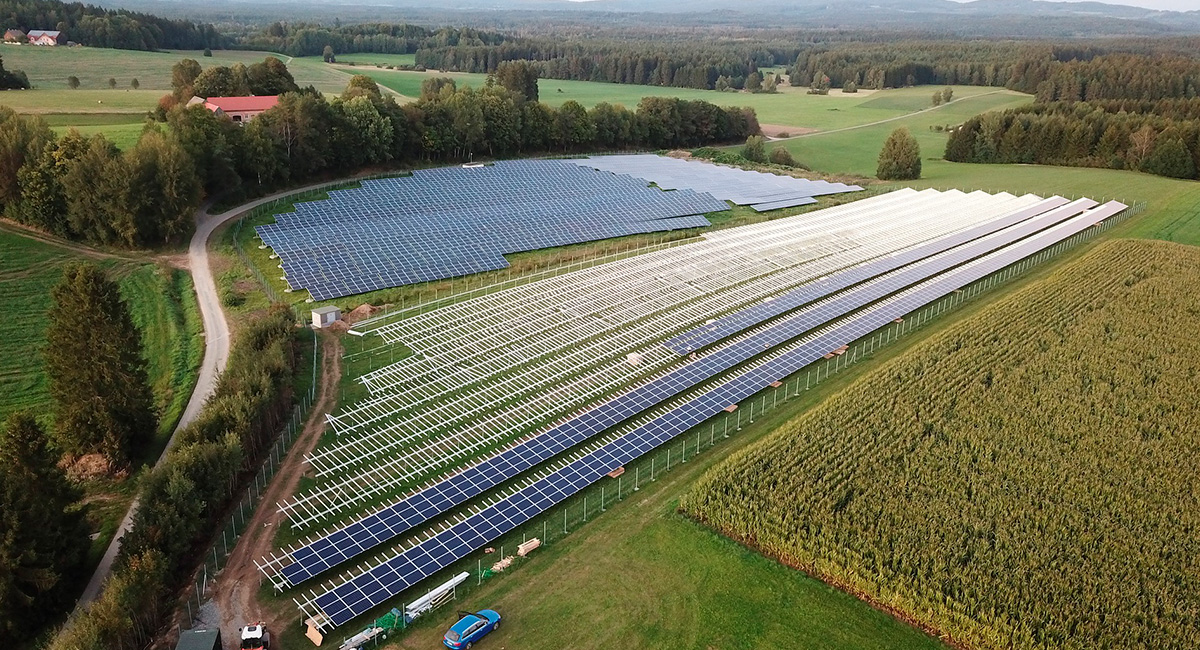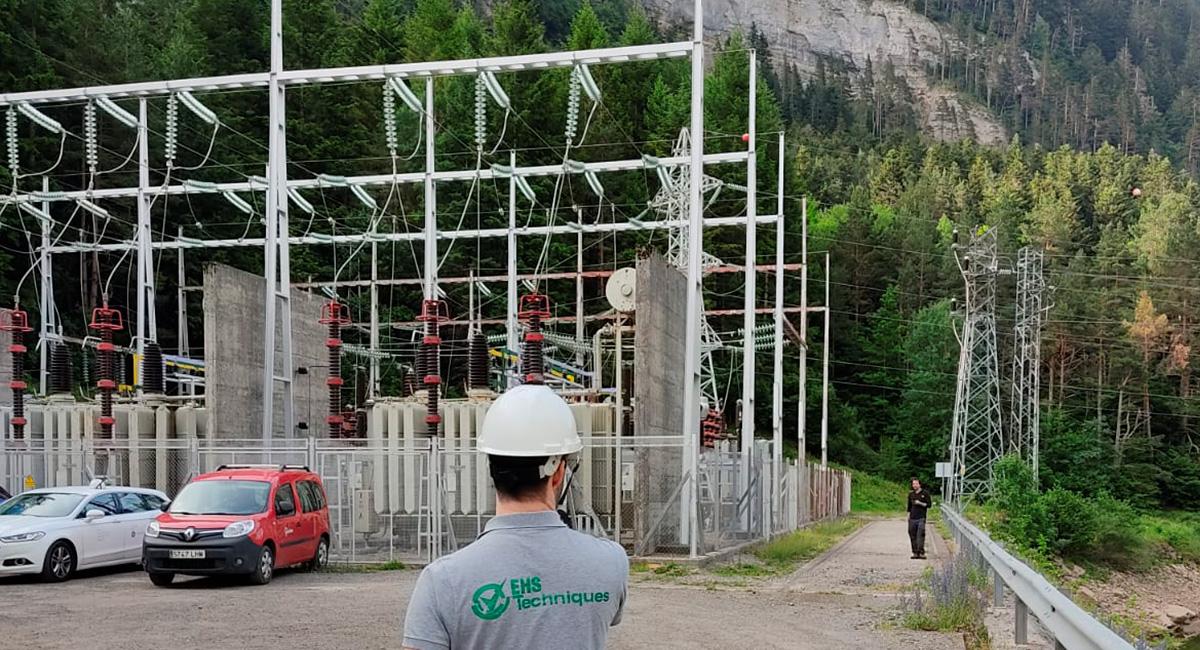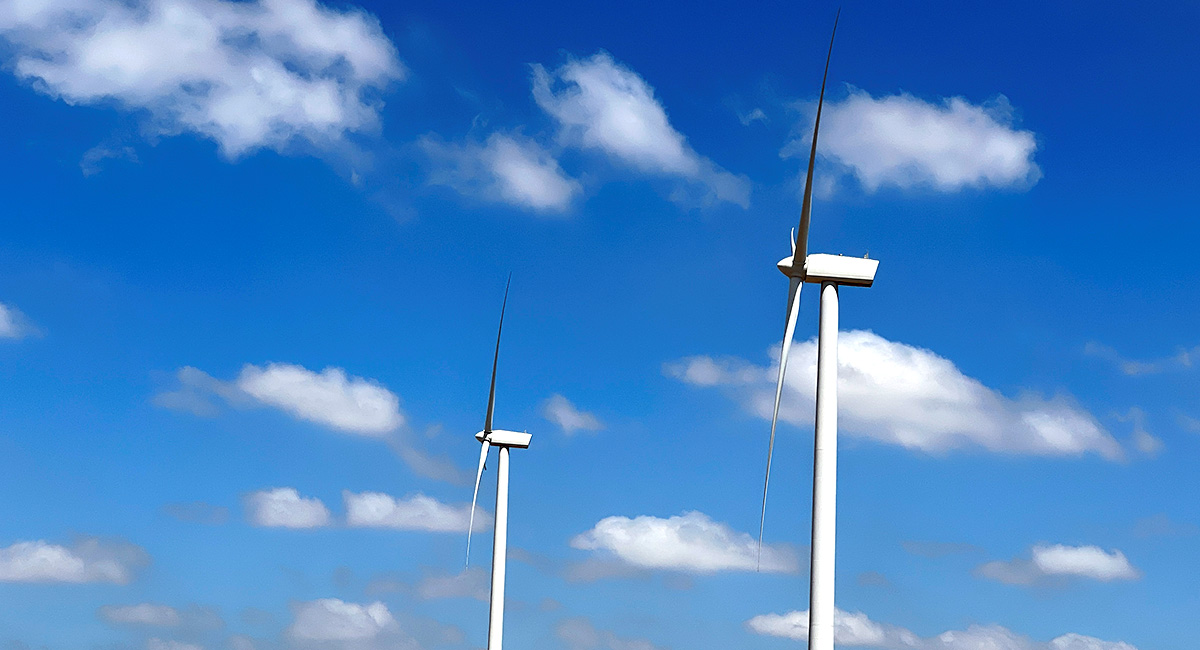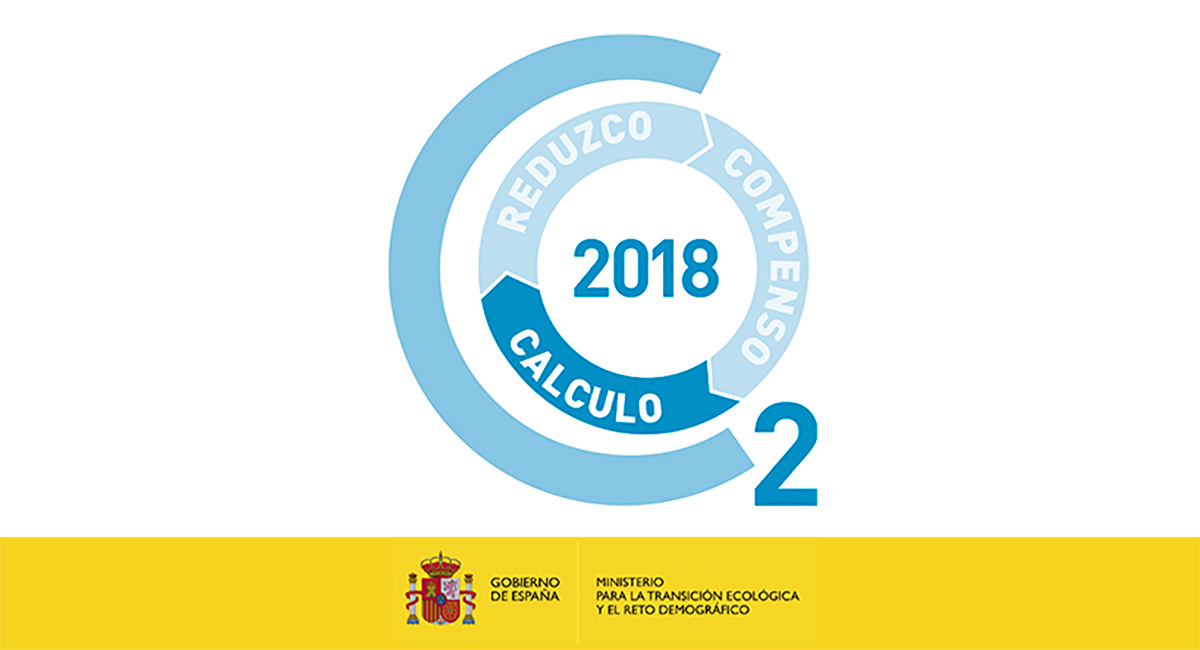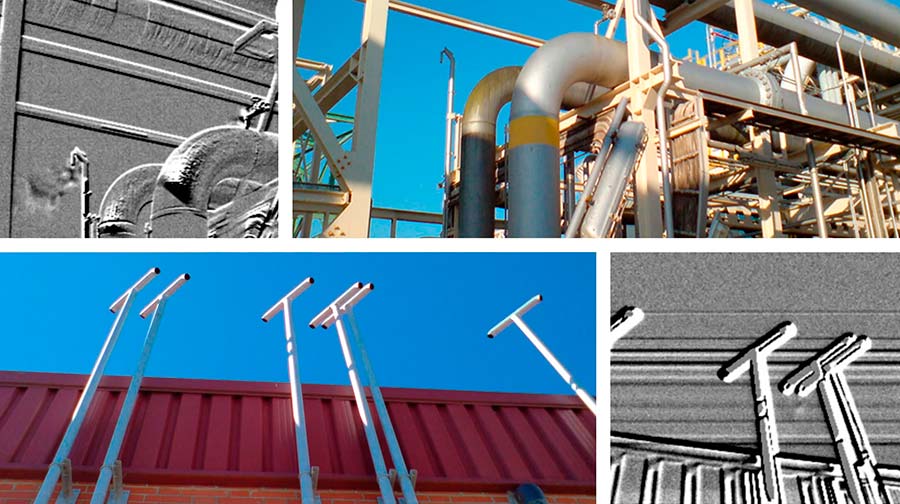EHS Techniques carried out a wide emissions study to detect and measure emissions from vents, fugitive and from unburned methane in the Natural Gas sector. EHS Techniques carried out a wide emissions study to detect and measure emissions from vents, fugitive and from unburned methane in the Natural Gas sector. Different technologies were used, including[…]
The product LCA is an internationally standardized methodology (ISO 14040), which allows calculating the environmental impact of a product through several indicators (Carbon Footprint, terrestrial and aquatic ecotoxicity, acidification and aquatic eutrophication etc …). EHS Techniques carried out LCA studies for products as diverse as packaging, industrial rubbers, chemicals, photovoltaic panels, wind towers … always[…]
EHS Techniques was commissioned by one of the most important energy companies in the state, awardee of some 625 MW in the REER auction held in January 2021, to draft the strategic plan with estimates of the impact on local employment and the industrial value chain of 7 wind and photovoltaic parks. The Plan was[…]
EHS Techniques ofrece soluciones avanzadas para la detección, cuantificación y reporte de emisiones de metano, ayudando a los operadores gasísticos a cumplir con OGMP 2.0 y anticiparse a las exigencias regulatorias europeas mediante metodologías de medición rigurosas y verificables. Calculation of unburned fuels for OGMP reporting by a gas operator EHS Techniques was contracted by[…]
Project scope The value chain analyses aimed to quantify the economic impact of renewable energy projects throughout their life cycle, from construction to operation, while identifying opportunities to strengthen local industry participation and maximize territorial benefits. Each study provided tailored insights on: Methodology EHS Techniques applied a comprehensive analytical approach combining: Deliverables and outcomes The[…]
EHS Techniques helps you to calculate your plant’s Carbon Footprint and record your GHG emissions with MITECO, following the emitting source categories of the new ISO 14064:2019 standard. This new standard came into effect in 2022, and introduces the concept of significance study, which makes it possible to assess significant indirect emitting sources based on[…]
EHS Techniques was hired by a leading fund manager in investment in renewable energies, to advise on the preparation of documentation on socioeconomic impact to be submitted in the access capacity tenders. The project consists of a socioeconomic description, the determination of opportunities in the industrial value chain and the identification of proposals for socioeconomic[…]
EHS Techniques was commissioned by an independent producer of renewable and distributed energy to advise on its social management strategy in obtaining and maintaining the social license and trying to reverse the social rejection of a photovoltaic park in Spain. A territorial diagnosis and the socioeconomic impacts of the project have been prepared, as well[…]
Identification of the documentation to prepare for the application for registration / data update in the Carbon Footprint Registry, compensation and carbon dioxide absorption projects of an organization whose purpose is to operate Renewable Energy plants. Project scope The project encompassed: Methodology EHS Techniques applied a comprehensive and standardized approach in line with ISO 14064:2019[…]
EHS Techniques was commissioned for a three year LDAR survey of a Natural Gas transportation network in Europe. During the 2013-2015 survey, a total of 120 regulation nodes, 15 compression stations, 3 LNG plants and 3 deep underground storage facilities (onshore & offshore) were monitored.
Client specific factors has resulted in an underestimation of 8% to 9% compared to those average HFS emission factors basically because there were some type of components without specific fac- tors (big flanges, pig traps, big connectors, etc.) and the lack of enough representative HFS results.
Results will be used to report GHG fugitive emissions of the company and future surveys are now in development.

 Español
Español
